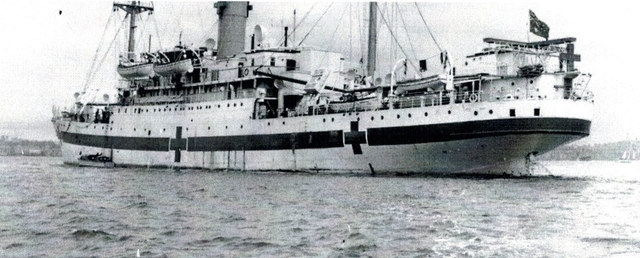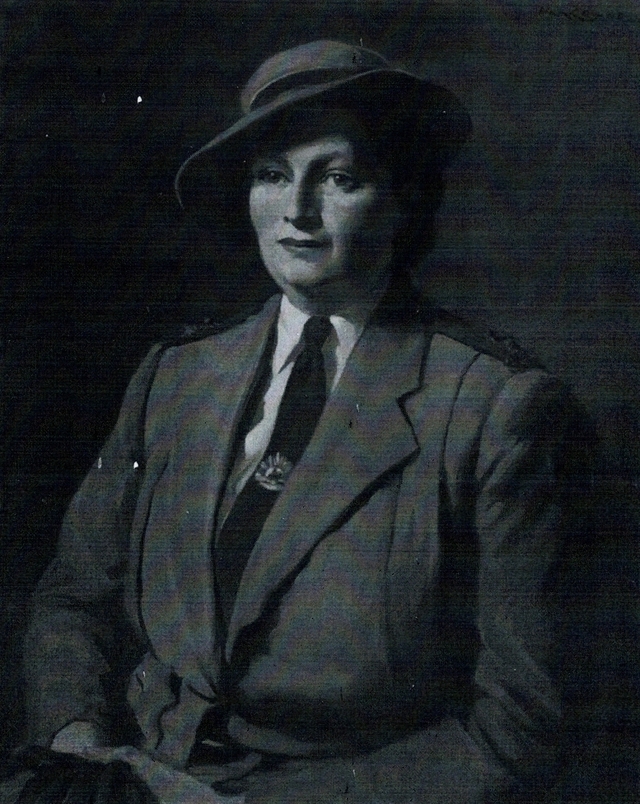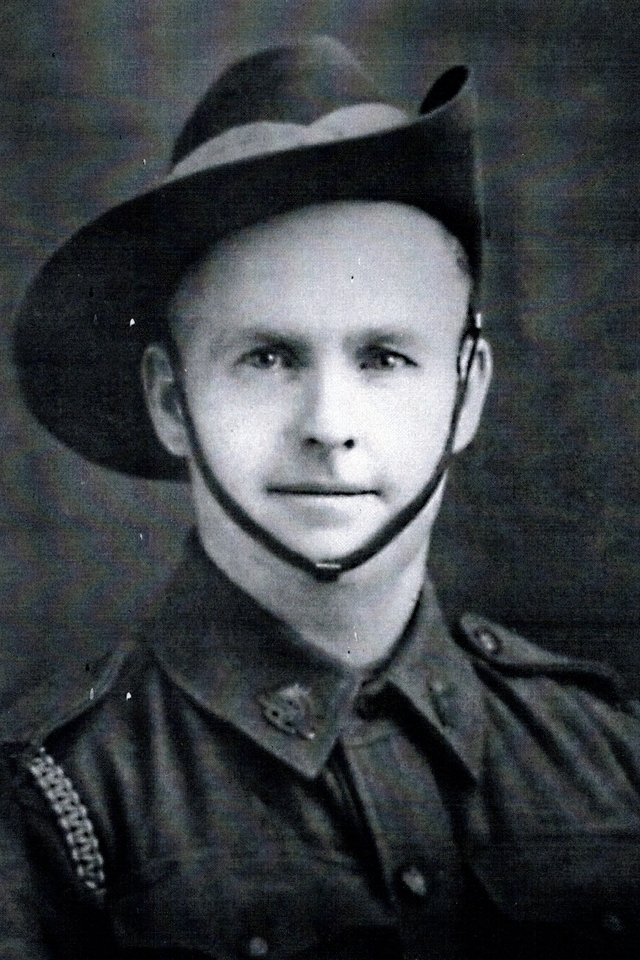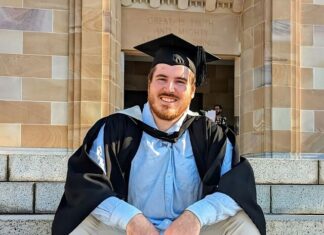
It will now be 82 years ago on 14 May 1943, that the 2/3 Australian Hospital Ship “Centaur” was torpedoed off the Queensland coast by a Japanese submarine, later identified as Submarine 1-177 commanded by Lt. Commander Hajime Nakagawa of the Japanese Imperial Navy. One of those killed was Private Percy Lewis Clegg of Warwick and here is the sad story of something that should never have happened under the rules of engagement in warfare.
Percy Lewis Clegg was born in Sydney on 28 November 1903, the eldest son of William and Emily Clegg of Pratten Street Warwick. After his parents came to Warwick, Percy and his brother were educated at Pratten State School. When his parents decided to move to a small farm just outside Warwick, which they called “Sunnyside”, Percy grew up there. He was employed at times doing shearing and farm work before eventually gaining work as a bread carter.
At the age of 20, Percy met and married Pricilla Matthews, the daughter of a local Councillor and they raised 2 sons. When war broke out in 1939, Percy joined the local Volunteer Defense Corps and the 11th Light Horse Regiment. On 8 September 1942, Percy decided to enlist in the Australian Army Medical Corps while Pricilla and son Keith moved to Albion Street to await his return which sadly, never happened.
On 19 November 1942, Percy was posted to the Australian Army Medical Corps at Warwick’s 112 Australian General Hospital located at Scots College, to undergo training as a medical orderly. On completion of the course, he was posted to 2/3 Australian Hospital Ship “Centaur”, about to embark to Port Moresby to carry out duties between Cairns and Townsville carrying casualties from New Guinea. The Centaur was a converted ship that has seen previous duty searching for survivors of the HMAS “Sydney” which had been sunk off the West Australian coast.
On 14 May 1943 the ship was on its way to Cairns when at around four in the morning, the Centaur was stalked and attacked by a Japanese submarine about 30 nautical miles off the southern tip of Moreton Island. Of the 332 on board, only 64 survived. Sadly, Warwick’s Percy Clegg did not survive. It took the Centaur only three minutes to sink and, in that time, only around 100 escaped. The survivors had to endure three days adrift before being rescued by the USS destroyer “Mugford”. Of the 18 doctors aboard only one survived and only one of the 12 nurses.
The surviving nurse was Sister Ellen Savage, and she provided a beacon of hope until rescued. For her conspicuous gallantry, she was awarded the George Medal. Here is an extract of her courage:
“Disguising the fact that she had broken ribs, a broken nose, fractured palate, perforated ear drums, Ellen savage was shocked to find that she was the only surviving nurse. Although suffering great pain, she set it aside to assist other survivors and provide succour, assisted by the only other medical person to survive, Lt. Col. Leslie Outridge who was badly burnt in the explosion and subsequent fire”.
There was no reason why the defenceless hospital ship should have been attacked as it was all lit up and the large Red Crosses were prominently displayed. After an investigation by Australian Naval authorities at war’s end, the submarine’s captain Lieutenant Commander Nakagawa was never brought to trial for this atrocity, but some justice did prevail when Nakagawa was sent to 4 years in jail for machine gunning survivors from a British ship that he also torpedoed during the war.
In 2008, David Mearns, an American marine scientist specialising in finding shipwrecks located the sunken Centaur after Queensland and the federal governments, commissioned him to locate the Centaur. After locating its resting place, it has since been declared an official war grave and has remained undisturbed for 81 years. So, like all the other deaths on the Centaur Private Percy Lewis died in the service of his country and will always be remembered by his family and the people of Warwick on 14 May each year and in Anzac services.








